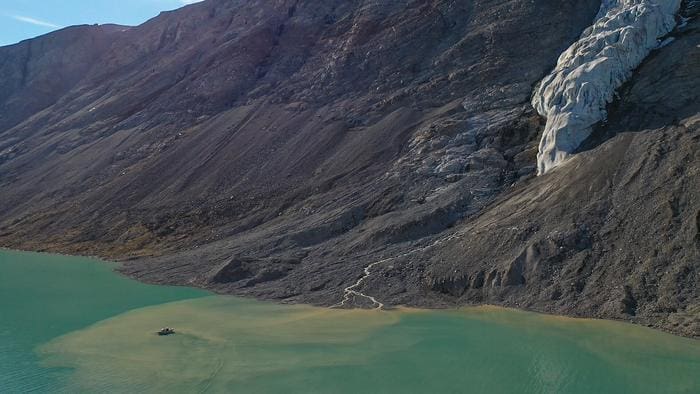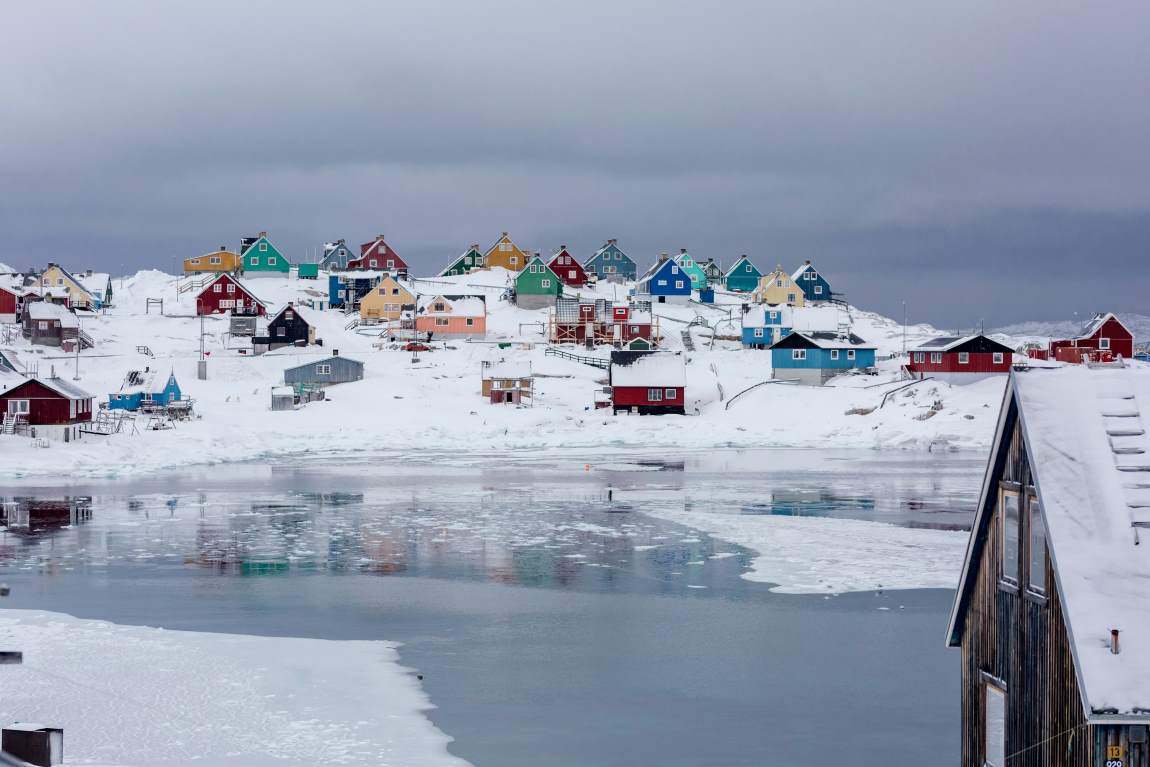As climate change accelerates, the Arctic’s marine systems are undergoing rapid transformation, with sea ice retreating and permafrost thawing at alarming rates. The image of a polar bear on a melting ice floe has become a symbol of this crisis, drawing attention to the open ocean. However, recent scientific findings emphasize that the overlooked and lesser-known threats to Arctic coastal ecosystems may be even more pressing.
According to a recent study published in Limnology & Oceanography Letters, these coastal systems are being impacted more dramatically by climate change than previously thought, posing significant risks to both the environment and local communities.

Researchers argue that the focus on open-ocean systems has overshadowed the critical changes happening along Arctic coasts, which are increasingly influenced by interactions between land and sea transformations.
These changes, driven by both climate-related and human-induced factors, are amplifying the pace of ecosystem disruption. The result is a cascade of consequences that ripple through the Arctic’s socioecological systems, affecting not only the environment but also the human communities that depend on it.
A complex interplay of changes
The Arctic is warming at a rate three to four times faster than the global average, leading to the rapid loss of sea ice, glacier retreat, and permafrost thaw. While these trends are well-documented, what is less understood is how these changes intersect along the Arctic coastline. Coastal ecosystems are uniquely vulnerable because they are subject to both land and sea transformations, leading to compounded effects that are not fully captured by studies of open-ocean or terrestrial systems alone.
“An increasing number of ecosystem drivers along the Arctic coasts are having broader implications for both ecological and human systems,” explains Mikael Sejr, a professor at the Institute of Ecoscience at Aarhus University and one of the study’s authors. “The consequences of these changes are greater than what can be quantified in the open Arctic Ocean alone.”
These ecosystem drivers include factors such as thawing permafrost, coastal erosion, increased sediment runoff, and changes in freshwater inputs from melting glaciers. The combined effects of these drivers are reshaping coastal habitats, affecting species distribution and abundance, and altering the availability of resources for local communities. The physical human footprint, including infrastructure like roads and industrial developments, has also expanded by 15% since 2000, adding further pressure on these fragile ecosystems.
Impacts on Arctic Communities
The consequences of coastal ecosystem changes are not confined to the environment. Arctic coastal communities, many of which rely heavily on marine resources for subsistence and have deep cultural ties to the land and sea, are facing increasing challenges. Subsistence and commercial fisheries, which are vital to local economies, are particularly vulnerable as species that once thrived in coastal waters may move elsewhere in response to changing conditions.
Arctic nations also depend on coastal fisheries and aquaculture for national exports and economic growth. The disruption of these industries could have far-reaching impacts, not only for local communities but for economies throughout the Arctic region and beyond. As Sejr and his colleagues point out, the sustainability of these socioecological systems is at risk unless more attention is paid to the unique challenges facing Arctic coasts.
‘Locally, many Arctic communities rely on coastal marine resources for subsistence and have strong cultural ties to the habitats and organisms present,‘ the study notes. The health of coastal ecosystems is therefore closely intertwined with the well-being of these communities. As climate change continues to reshape the Arctic landscape, there is an urgent need for more research to address the knowledge gaps that currently exist.
Addressing knowledge gaps and future challenges
One of the key findings of the study is the recognition of substantial knowledge gaps that must be filled in order to support the adaptation and sustainability of Arctic coastal ecosystems.
While much research has been dedicated to understanding the impacts of climate change on the open ocean, less attention has been paid to the unique dynamics at play in coastal regions. This oversight could prove costly as the pace of change in coastal ecosystems accelerates.
The researchers argue that more comprehensive monitoring and modeling efforts are needed to capture the full extent of the changes occurring along Arctic coasts. This includes understanding how coastal ecosystems interact with both land-based and marine systems, as well as how these changes affect the communities that depend on them.
‘Filling these gaps is essential to ensuring that the socioecological systems along Arctic coasts can adapt and remain sustainable in the face of ongoing climate shifts,’ the authors conclude. Without a better understanding of the drivers and consequences of ecosystem changes, it will be difficult to develop effective strategies for mitigation and adaptation.
As the Arctic continues to warm at an unprecedented rate, the urgency of addressing these overlooked threats becomes increasingly clear.
The study’s authors hope that by drawing attention to the challenges facing Arctic coastal ecosystems, they can inspire further research and action to protect these vital regions and the communities that call them home.
Journal Reference:
Mikael K. Sejr, Amanda E. Poste, Paul E. Renaud, ‘Multiple climatic drivers increase pace and consequences of ecosystem change in the Arctic Coastal Ocean’, Limnology and Oceanography Letters (2024). DOI: 10.1002/lol2.10431
Article Source:
Press Release/Material by Aarhus University
Featured image credit: Visit Greenland | Unsplash




